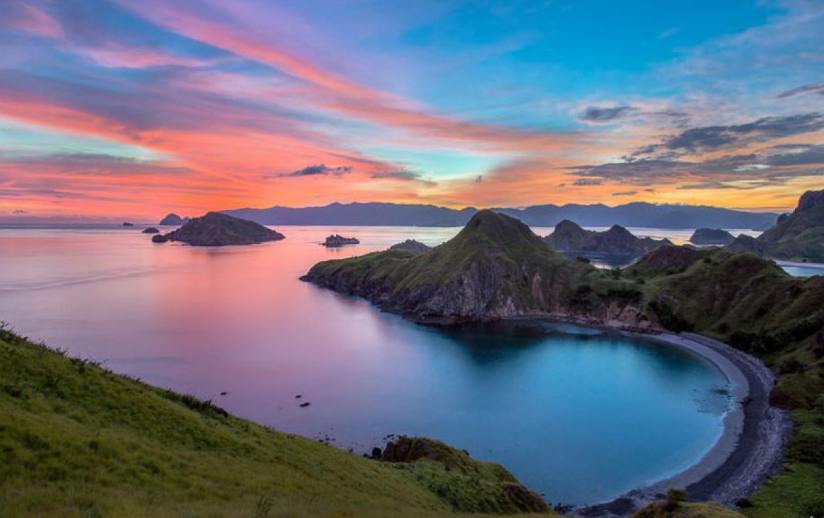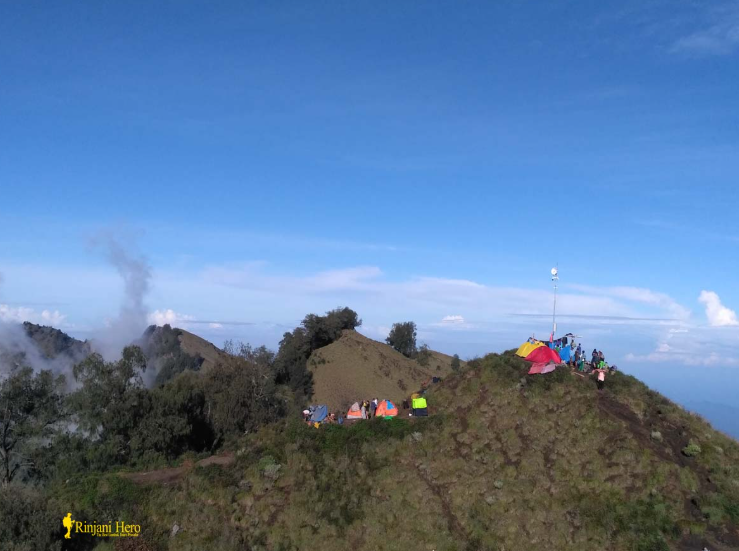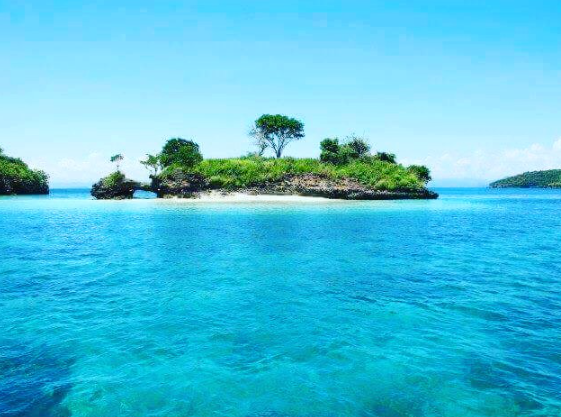Guide to Trekking Rinjani in Lombok
Trekking Mount Rinjani is a dream for adventure seekers visiting Indonesia. Located on the island of Lombok, this majestic volcano offers stunning landscapes, a sacred crater lake, and a challenging yet rewarding hiking experience. Whether you’re a first-timer or an experienced trekker, this guide to trekking Rinjani in Lombok will help you prepare for one of Southeast Asia’s most unforgettable adventures.
Why Trekking Rinjani Is Worth It
Mount Rinjani stands at 3,726 meters (12,224 feet), making it the second-highest volcano in Indonesia. The climb is not just about reaching the summit; it’s about experiencing a journey through dense forests, alpine meadows, volcanic landscapes, and the breathtaking Segara Anak Crater Lake. Along the way, trekkers witness panoramic views, soak in hot springs, and connect with local Sasak culture and spiritual traditions.
Best Time to Trek Rinjani
The dry season from April to December is the best time to trek Rinjani. The national park is closed from January to March due to heavy rains and potential landslides. For clear skies and more stable conditions, plan your trip between May and September.
Choosing a Trekking Route
There are three main routes for trekking Mount Rinjani:
-
Sembalun Route (East Side)
- Most popular route for summit attempts
- Starts from Sembalun Village
- Offers open savannah landscapes and direct access to the summit
- Ideal for 2D1N or 3D2N treks
-
Senaru Route (North Side)
- Rich in forests and waterfalls
- Best for those interested in crater lake views rather than summiting
- Suitable for 2D1N or 3D2N treks
-
Torean Route (Alternative Exit)
- Scenic but more challenging
- Often used for descending after visiting Segara Anak
- Includes waterfalls and river crossings
Trekking Packages and Local Guides
Due to the difficulty and regulations of the Rinjani trek, hiring a licensed guide and porter is mandatory. Most trekking packages include:
- Local guide and porters
- Camping gear (tent, sleeping bag, mattress)
- Meals and water
- National park permit
- Transportation to/from base village
- First aid and safety briefing
Pro Tip: Choose an eco-friendly operator who practices responsible tourism and treats porters ethically.
Physical Preparation and Safety Tips
Trekking Rinjani is physically demanding. Here’s how to prepare:
- Train at least 4–6 weeks before the trek with cardio and strength workouts
- Bring proper hiking boots, layered clothing, sunscreen, and a headlamp
- Acclimate at sea level or mid-altitude for a day before starting
- Stay hydrated and be aware of altitude sickness symptoms
- Follow your guide’s advice and don’t push beyond your limits
What to Pack
Essentials for Rinjani trekking:
- Sturdy hiking shoes
- Warm layers (temperatures drop at night)
- Rain jacket and dry bag
- Sunscreen, sunglasses, and hat
- Trekking poles (optional but helpful)
- Personal first-aid kit and medication
- Headlamp or flashlight
- Camera or phone with power bank
Cultural and Environmental Etiquette
Mount Rinjani is sacred to local Sasak and Balinese people. Always:
- Show respect at Segara Anak and other spiritual sites
- Avoid loud behavior and inappropriate clothing
- Leave no trace: carry back all your trash
- Support local businesses and eco-tourism efforts
Trekking Mount Rinjani is a once-in-a-lifetime adventure that blends natural beauty, physical challenge, and cultural richness. With the right preparation, ethical trekking practices, and respect for the mountain, you’ll come away with incredible memories and a deeper appreciation for Indonesia’s volcanic landscapes.




